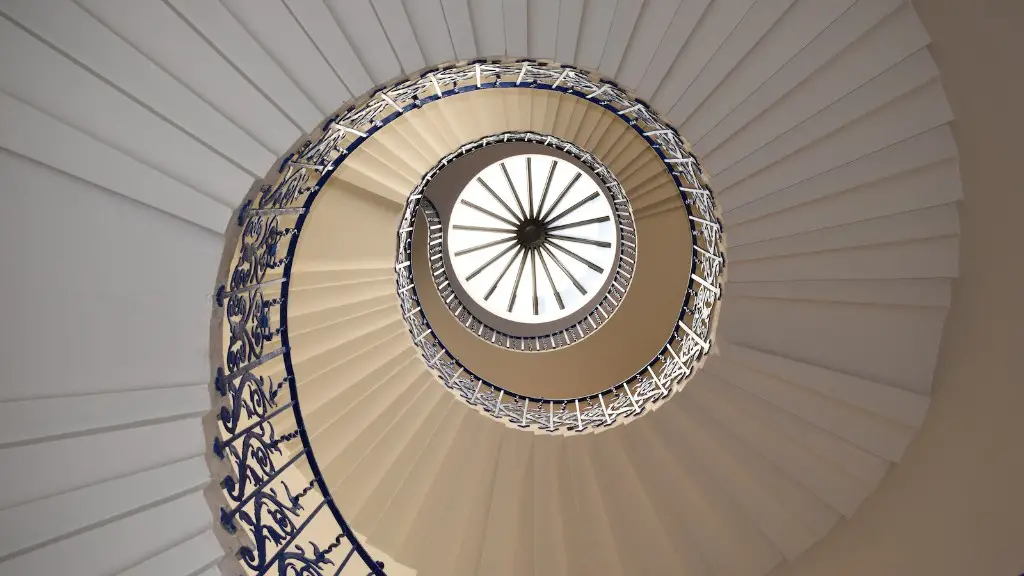What Is Interior Architecture And Design Course
Interior architecture and design course is a course designed to help students develop skills in digital and physical practices of interior architecture and design. It teaches students to work collaboratively with a range of disciplines, ranging from interior architecture to interior design. The course emphasizes creative problem solving and critical thinking.
Interior architects and designers are responsible for planning, designing, and constructing interior spaces that are functional, safe, and aesthetically pleasing. They create interior designs based on their clients’ needs and wants. They must consider factors such as durability, cost, and comfort while meeting their clients’ requirements. Interior architects and designers often determine which type of furniture and materials to use based on the client’s budget and their own creative vision.
A successful interior architecture and design course can provide students with the knowledge and skills necessary to craft unique spaces that are both functional and aesthetically pleasing. Throughout the training, students will learn about structural design, space planning, colour theory, materials science, architecture history, and construction methods. In addition, students will acquire technical skills, such as building codes and regulations, computer-aided design (CAD) software, and 3D modelling.
On the practical side, students learn to do measurements and draw floor plans, identify materials, generate cost estimates and budgets, create mock-ups, and install fixtures and furniture. In most courses, students will also be required to create portfolios, write reports, and give presentations on their work.
Building Design Strategies
Interior architects and designers are expected to have sound knowledge of building design strategies, construction methods and materials, legal requirements, and accessibility regulations. They must be able to think clearly and thoroughly when it comes to problem-solving and ensure their designs are compliant with relevant codes and standards.
Having knowledge of various design principles and aesthetics can also be beneficial. This includes understanding principles of composition, balance, scale, texture and colour. They must take into consideration the relationship between interior and the exterior environment, as well as the characteristics of the people who use the space.
To be successfully employed as an interior architect or designer, students should be familiar with the tools and applications used during the project development and implementation process. This includes CAD, as well as word processing, spreadsheets, and presentation software for client presentations.
Key Skills for Success
To be successful in interior design, individuals should have strong skills in communication and listening. Communication is essential for getting work done by effective collaboration and understanding the clients’ needs and the design requirements.
Time management is another important skillset. Designers are expected to manage projects from initial concept to completion while meeting deadlines and staying within budgets. Being capable in problem-solving and strategy is necessary in order to create a design that works and is functional.
Good creative vision is highly important. Designers must be able to come up with unique solutions to fit their clients’ needs and have an eye for detail to create visually appealing designs. Moreover, managers should be knowledgeable in marketing and sales, understanding how to attract buyers and promote their services.
Real-World Experience
Having access to up-to-date technology such as computer-aided design software and 3D modeling software is essential in interior architecture and design. It’s also important to gain on-the-job experience in order to understand the creative and practical implications of work.
In a good interior design course, students can get the chance to work with experienced professionals. They can learn and apply new skills such as design strategies, construction methods, interior decoration, project management, cost estimates and budgets. This real-world experience can benefit students in their future projects as they can apply their lessons.
Future Of Interior Architecture And Design
Interior architecture and design is an evergrowing industry. With the increasing global demand for innovative and environmentally friendly solutions, the profession requires sustainable and versatile individuals who can think of creative solutions. Technology and automation will also play a key factor in interior design, as automated systems for lighting, temperature regulation and other space functions become more widespread.
Interior designers must be well-versed in a wide range of solutions to meet the future demands of the profession. They must have the ability to create designs that are aesthetically pleasing, comfortable and functional, while also being aware of sustainability and efficiency.
Respect For Precedent
Studying the work of established interior architects and designers is essential in teaching students the importance of respect for precedent. It’s a reminder of how their design decisions can withstand the test of time and what to avoid in the future.
Past designers used architectural elements unthought-of concept today, they also faced challenges of their own that can inspire current generations to think more creatively. Learning historical precedents will also help designers set guidelines for their work and develop an understanding of Interior Architecture and Design in a wider context.
Interaction And Experiences
In interior architecture and design, the focus is often on creating experiences for users, no matter if the space is residential or business-related. Designers must think about how the user experiences a space in order to create an environment that meets their needs.
By understanding the different user needs, designers can create an environment that is adaptable, interactive, and accessible. Users should be able to customise the design and technology in their space, as well as to use it comfortably and effectively.
Combination Of Disciplines
Interior architecture and design is a combination of various disciplines, including architecture history and theory, interior design, materials science, structural design, and construction methods. Students must acquire skills and knowledge in all these areas in order to successfully apply their knowledge in their projects.
To stay competitive in the industry, it’s important for designers to keep up with the latest trends and technologies. They must be highly knowledgeable and creative to develop innovative solutions that reflect positively on their work.
Exploring Human-Centered Design
Designers must understand how people interact with a space and develop solutions that match the needs of the user. Human-centered design is an approach that focusses on understanding the user and building solutions based on their behaviours and preferences.
Through exploring the user’s needs and behaviours, designers can create an experience tailored to them. This will contribute to the success of their project, as it meets the needs of the user in a comprehensive and thoughtful manner. Knowing human-centered design is essential for interior designers in order to successfully craft experiences that match the user’s wishes.


